If you are a software developer wanting to build a SaaS application, understanding the architecture of a SaaS application is key to success. In this article, we will discuss the fundamentals of a SaaS application, including client and server, API, Model-View-Controller, single or multi-tenant SaaS, and features of a SaaS app.
Understanding Client & Server
The client-server model is a distributed application architecture that divides the workload between two or more computers: the client and the server. The client is the computer that initiates a request, such as a browser requesting a web page; the server is the computer that responds to the request by providing the requested service.
What is an API?
An API (Application Programming Interface) is a set of programming instructions and standards for accessing a web-based software application. It is a way for two pieces of software to communicate with each other. An API allows you to request information from a web service, like a weather report or stock price, and receive an answer.
Understanding Model-View-Controller
The Model-View-Controller (MVC) pattern is an architectural design pattern for software development. The pattern divides a software application into three components: the model, the view, and the controller. The model is responsible for managing the data of the application, the view is responsible for displaying the data to the user, and the controller is responsible for handling user input.
Single or Multi-Tenant SaaS?
When deciding on what type of SaaS application to build, you must determine whether it should be single tenant or multi-tenant. Single-tenant applications are built with a single customer in mind and are usually customized and tailored to their specific needs. Multi-tenant applications, on the other hand, are designed to accommodate multiple customers, and are usually more cost-effective and easier to maintain.
Features of a SaaS App
When building a SaaS app, it is important to consider the features that the app should have. Features such as user authentication, subscription management, billing, analytics, and customer support are all important for a successful SaaS product.
Building Your Stack
Once you have determined the features of your SaaS application, it is time to think about the technology stack on which the application should be built. Does the technology stack matter? Yes, it does. Different technologies can have a major impact on the performance, scalability, and maintainability of the application.
Why use Javascript?
Javascript is the most widely used programming language and is a great choice for developing a SaaS application. Javascript offers a plethora of useful libraries and frameworks, making it easier for developers to create interactive and dynamic web applications.
Which framework is best?
When it comes to choosing a framework for your SaaS application, there are a lot of options available. Popular frameworks include React, Angular, and Vue.js. Each framework has its own advantages and disadvantages, so it is important to choose a framework that best suits your needs.
Setting up the Project
Once the technology stack and framework have been decided upon, it is time to set up the project. This involves creating the project directory, setting up the development environment, creating the necessary files and folders, and configuring the application.
Configuring the Development Environment
Once the project directory has been set up, it is time to configure the development environment. This involves setting up the necessary dependencies, libraries, and frameworks, as well as configuring the application to use your chosen database.
Data Modelling
Data modelling is one of the most important steps when building a SaaS application. Data modelling involves designing the data structures and relationships that the application will use to store and retrieve data. It is important to start with data modelling in order to ensure that the application is built on a solid foundation.
Why Start with Data?
Data modelling is an important step in the development process as it ensures that the application is built on a solid foundation. It also helps to prevent costly errors and makes it easier to add new features or modify existing ones.
Relational or Non-Relational Data?
When designing the data model for a SaaS application, you must decide whether to use a relational or non-relational data store. Relational databases are well-suited for storing data with complex relationships, while non-relational databases are better suited for storing large amounts of unstructured data.
Data Modelling Tools
There are a variety of data modelling tools available to help you with the data modelling process. These tools can help you to create and visualize data models quickly and easily, eliminating the need for manual data modelling.
Designing Data Models
Once the data model has been designed, it is important to ensure that the data is
Proofs
After your purchase, you’ll receive a delivery email from us with a download link once we’ve verified and processed your order, typically within a few minutes to a few hours. If you have any questions or need assistance, feel free to reach out to us via live chat – we’re here to help!
All the Courses and Books that are available in our store are digital editions and Not Physical, and are delivered by email.
If you are teacher or you need a lot of books and courses that you need for fair price, Yes we can help and we can do bulk orders. and please contact us for that.
We understand the concern many have about the legitimacy of online platforms, especially when they offer courses and books at affordable prices. Here’s why you can trust coursesblock.com:
No There is no limitation to the number or type of devices you can access courses on.